I played Metroid Prime 4 and this Switch 2 shooter was absolutely worth the wait
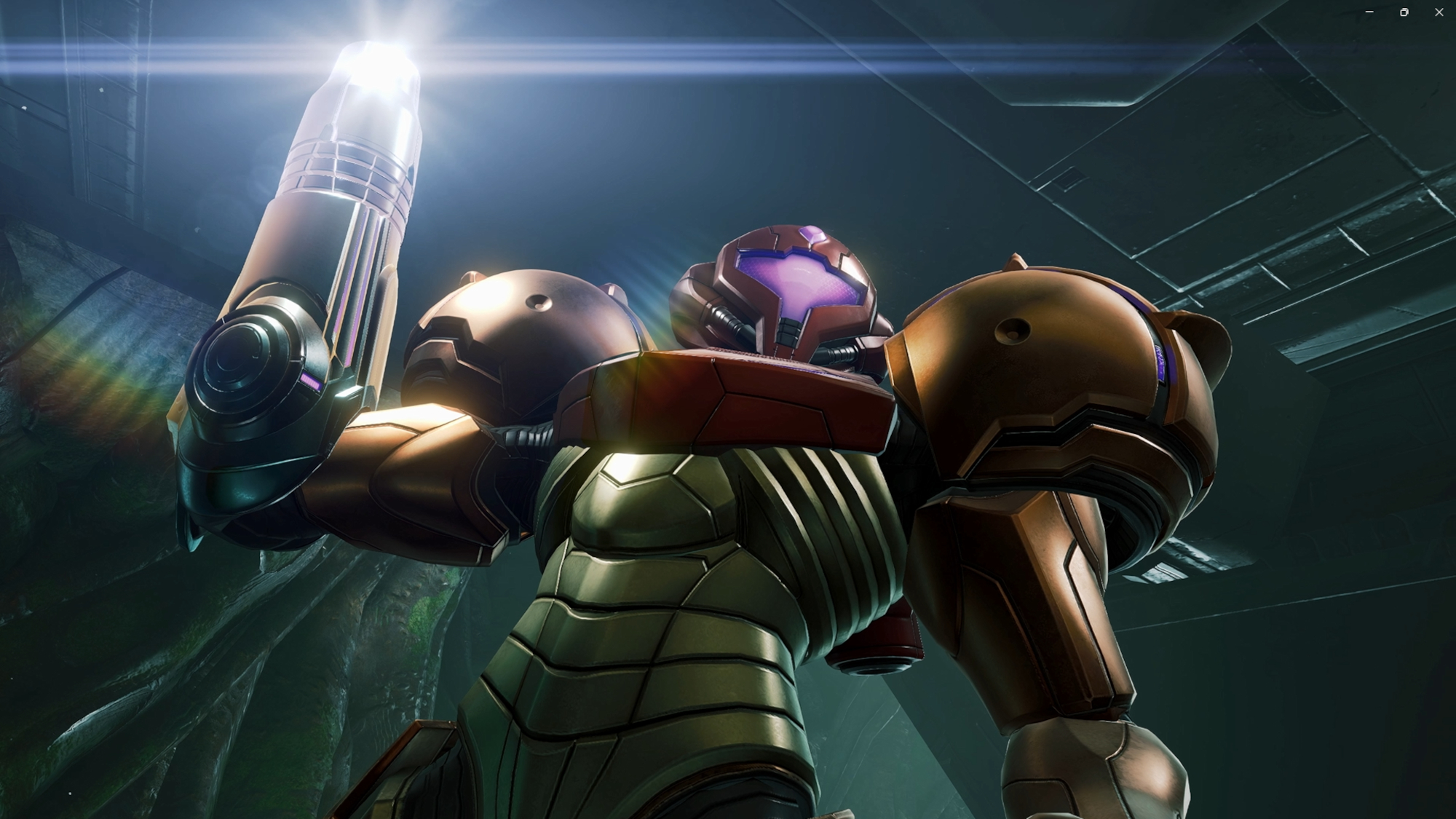
I have a confession to make: I’ve never played a Metroid Prime game before. Though I’ve played many of the series’ 2D entries as far back as the original NES Metroid and up to the relatively recent Metroid Dread, I never had a chance to try the first-person shooter Prime titles. Because of that, I wasn’t particularly excited about Metroid Prime 4: Beyond. Now, after having played it for the better part of two hours during a preview event, I’m eager for more.
Though Metroid Prime 4: Beyond is the fourth installment of the sub-series, it’s designed as an entry point that even newcomers like myself can enjoy. As you’d expect, you play as series protagonist Samus Aran as she explores a new and hostile alien planet. This time, Samus can use psychic powers to solve puzzles and battle foes. She can even ride a motorcycle named Vi-0-La (which wasn't available in my demo).
Metroid Prime 4 releases on Nintendo Switch and Nintendo Switch 2 on December 4. We’ll have a full review in due course, but for now, check out my hands-on impressions of this eagerly anticipated Nintendo exclusive.
A dealy alien world
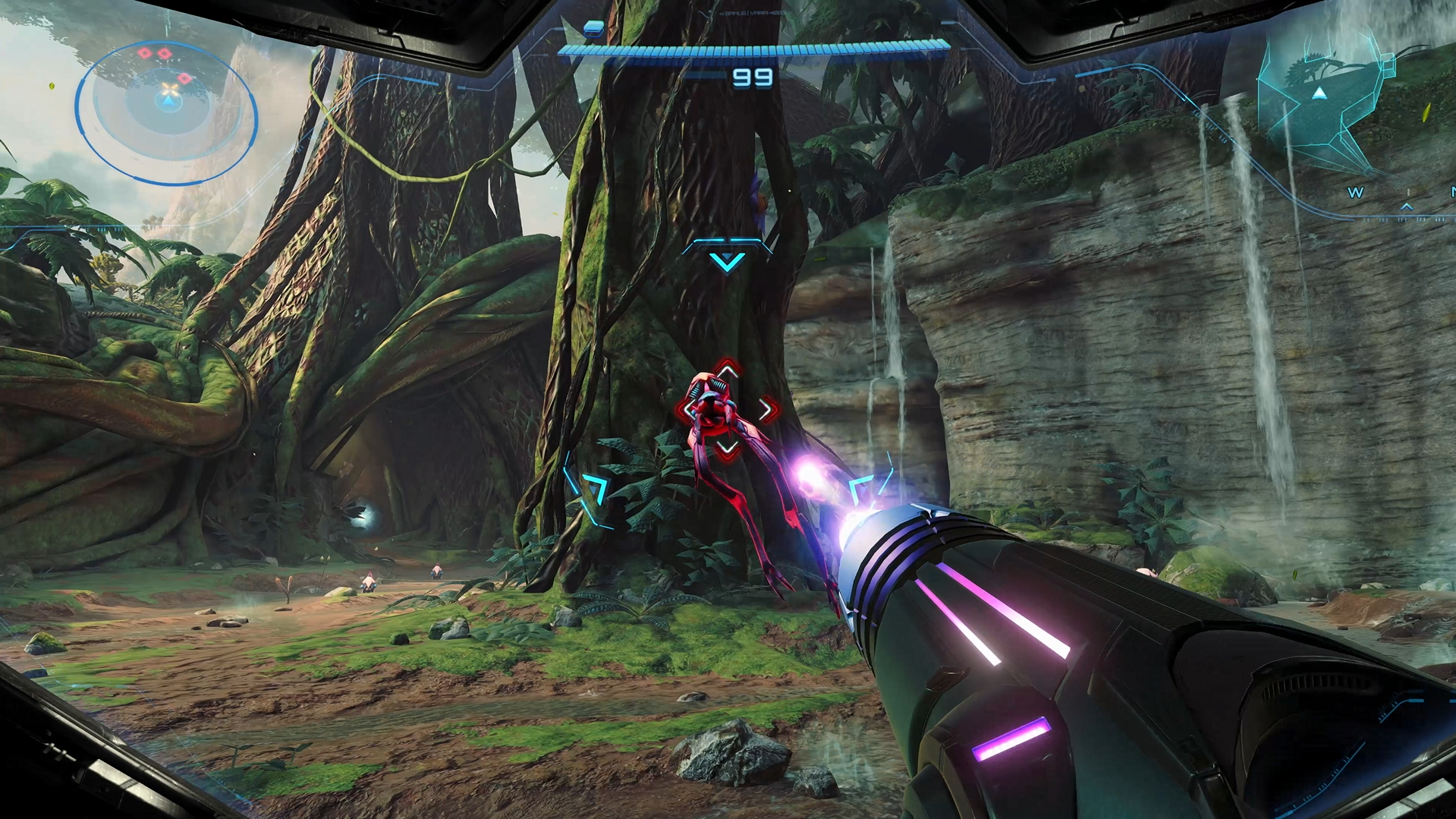
The main portion of the demo I played took place on a planet called “Fury Green.” As its name implies, this is a seemingly lush world filled with all manner of strange alien plant and animal life. Samus traverses the land to find a teleporter key she needs to advance her mission. Like with 2D iterations, you have to bring up the world map to locate your objective, and take note of areas you might want to explore later.
It doesn’t take long until Samus has to fend off hostile alien creatures that want to make her their lunch. You can lock on to foes or shoot freely. Most of these initial enemies are easy to defeat with standard shots, but tougher foes require you to press and hold the shoot button to charge your shots and deal more damage.
Samus’ visor has a scanner you can use to gain more information from the environment. This can be handy if you’re not sure how to interact with certain devices, though learning more about Fury Green’s ecology and history is nice too.
The Morph Ball ability is here and useful for navigating through small openings scattered around the land. In the demo I played, you couldn’t do much in this form besides roll through tight corridors or lay the occasional bomb to destroy barriers that impeded your progress. Here’s to hoping the Morph Ball will have other applications in the final game.
Get instant access to breaking news, the hottest reviews, great deals and helpful tips.
New powers
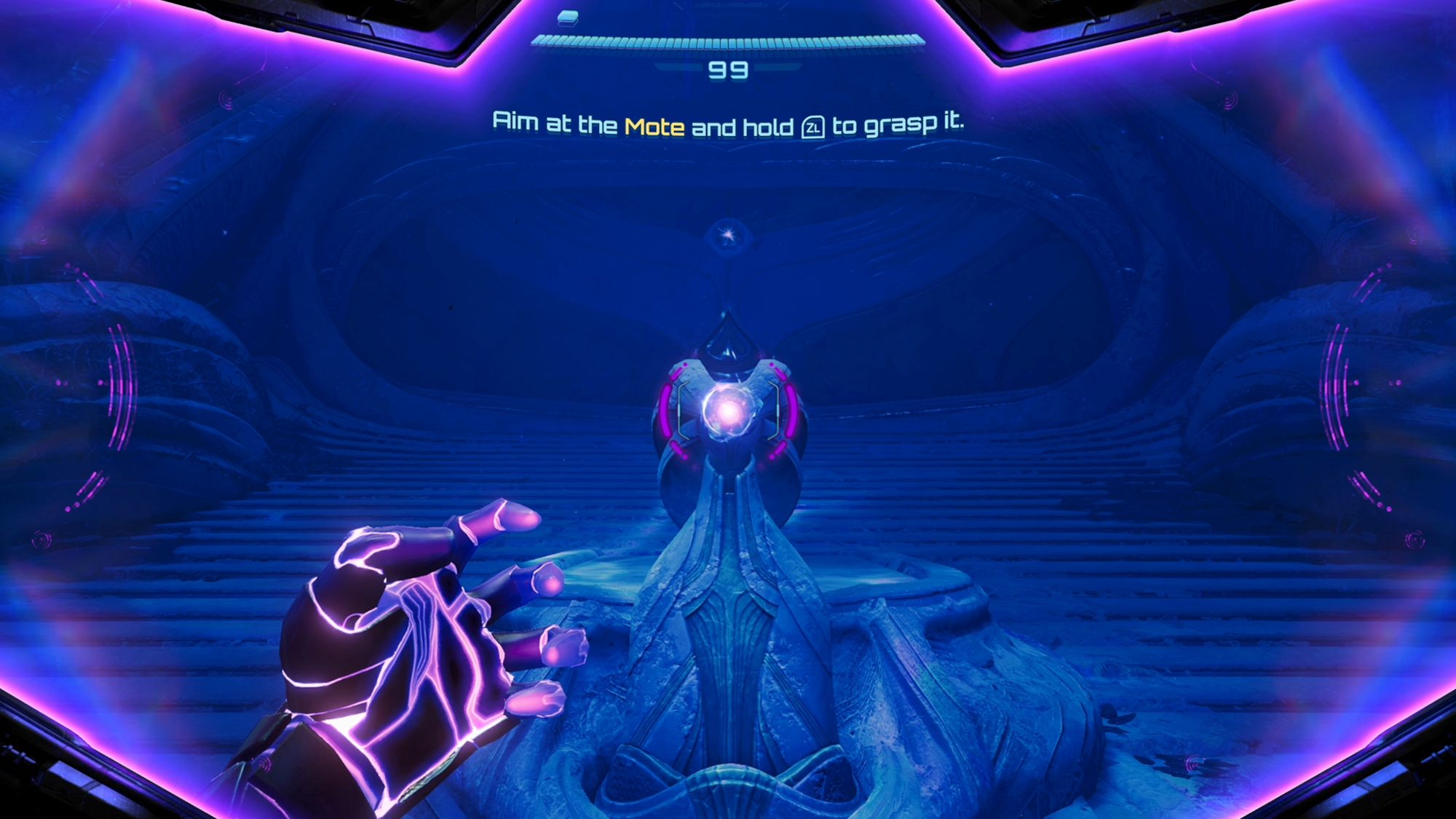
The new psychic powers blend nicely with Samus’ standard abilities. For instance, enabling psychic mode on Samus’ visor lets you see psychic motes (small glowing orbs) that are typically invisible. You can then grab these motes and toss them like a baseball at statues to open barred doors. Samus can also pull levers and move other objects with her psychic abilities.
One of the coolest things you can do is shoot psychic shots from your arm cannon. This action allows you to manually control the shot’s direction, which can be useful for solving puzzles or defeating certain enemies. Time also stops when you’re doing this, so you don’t always have to feel rushed (at least in the demo).
I’m curious to see how Samus’ psychic powers will expand in the final game, but based on what I played, they add another dimension of complexity (and enjoyment) to what would have otherwise been standard puzzles and enemy encounters.
Graphics and performance
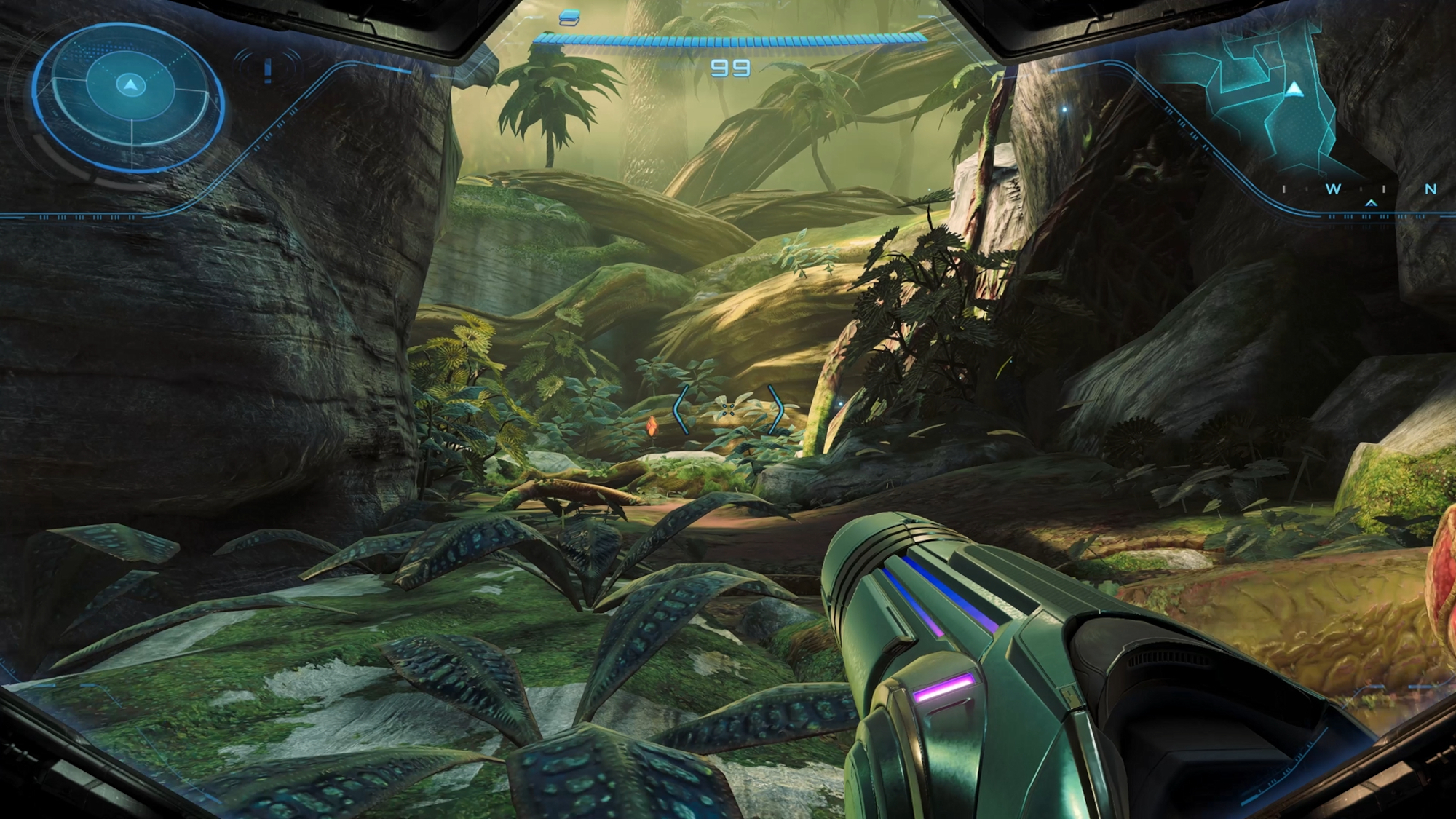
I played Metroid Prime 4: Beyond on a Switch 2 in both handheld and docked modes. The latter will be my preferred way to play, especially on my LG CX 4K OLED TV and with a Switch 2 Pro controller. But more on that shortly.
The game offers two graphics settings in docked mode: 4K at 60 frames per second or 1080p at 120 fps. I tried out both and opted for 4K/60 since it offers a nice balance of visual fidelity and smooth performance. 120 fps mode is good too, but since I have a hard time telling the difference between 60 and 120 fps, the graphical downgrade isn’t worth it.
Though Metroid Prime 4: Beyond has an impressive art style that feels appropriately sci-fi, it doesn’t have cutting-edge graphics. I bring that up to keep your expectations in check. After all, this is still a game that has to run on the original Nintendo Switch. That said, I’m fond of the overall visual presentation, even it’s it’s not on the level of a Cyberpunk 2077.
Handy (pun intended) controls
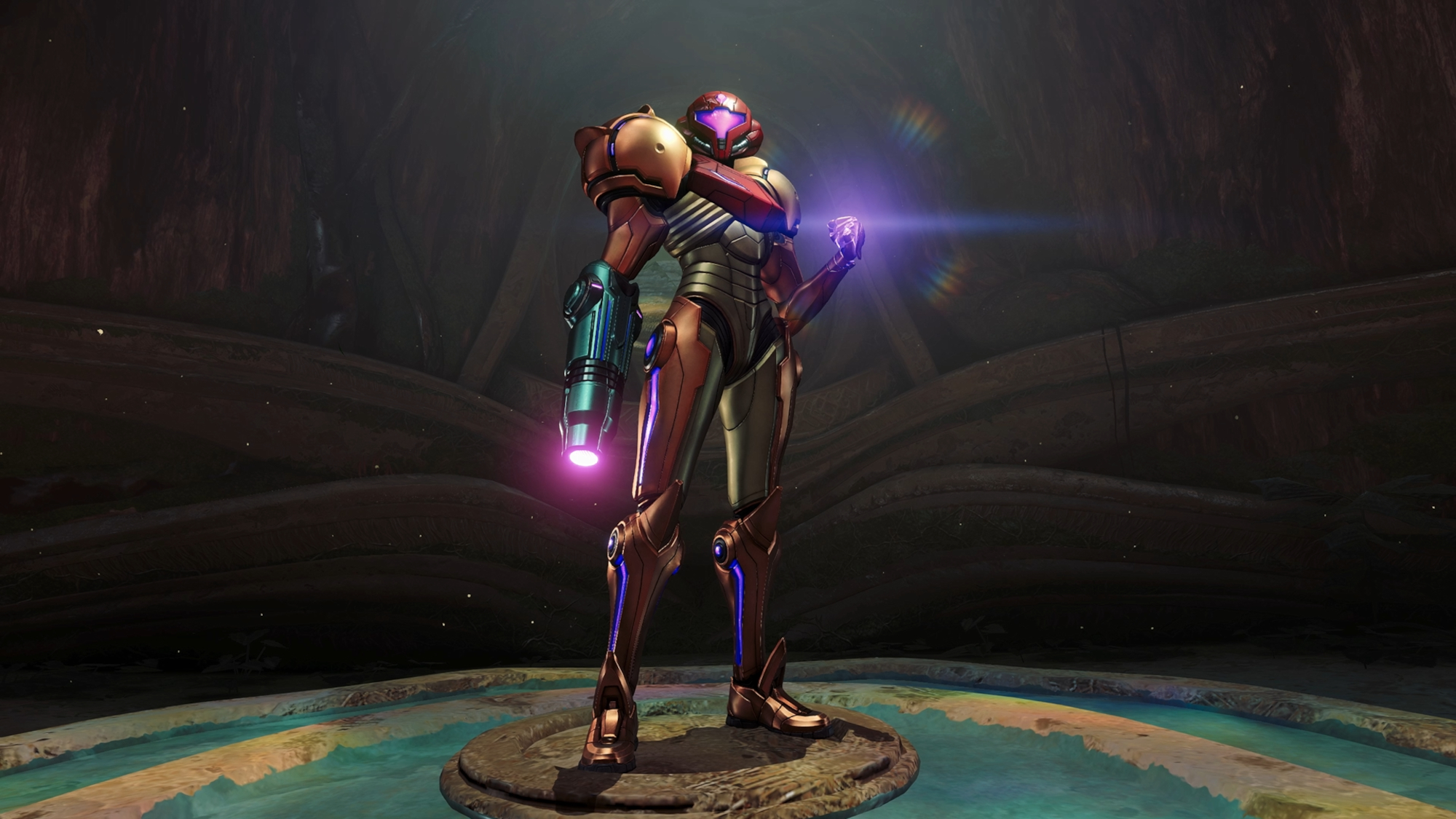
Another thing that makes this game unique is that you can play all of it using the Joy-Con 2’s mouse mode. It’s not exactly like playing with a mouse and keyboard, but it’s a close enough approximation of that experience. I should also note that you can instantly play in mouse mode by flipping the right Joy-Con 2 controller to its side and placing it on a flat surface. Pretty neat stuff!
Though I appreciate how you can seamlessly go into mouse mode and back to standard controls, this isn’t a control scheme I see myself utilizing. If you’re like me, you’re going to use the Switch 2 Pro controller, which works beautifully with Metroid Prime 4.
Outlook
There’s more I could say about Metroid Prime 4: Beyond, but I don’t want to give too much away. Based on what I played, this feels like a classic Metroid adventure filled with mind-bending puzzles, harrowing alien encounters, and lots of exploration.
I wasn’t expecting much, but I’m now stoked to lose myself in this game when it arrives. If it lives up to the hype, it’ll be a glorious way for Switch 2 to cap off 2025.

Follow Tom's Guide on Google News and add us as a preferred source to get our up-to-date news, analysis, and reviews in your feeds.
More from Tom's Guide
- Best Nintendo Switch deals in November 2025
- Nintendo Switch 2 Black Friday deals are here!
- Best Nintendo Switch 2 controllers of 2025

Tony is a computing writer at Tom’s Guide covering laptops, tablets, Windows, and iOS. During his off-hours, Tony enjoys reading comic books, playing video games, reading speculative fiction novels, and spending too much time on X/Twitter. His non-nerdy pursuits involve attending Hard Rock/Heavy Metal concerts and going to NYC bars with friends and colleagues. His work has appeared in publications such as Laptop Mag, PC Mag, and various independent gaming sites.
You must confirm your public display name before commenting
Please logout and then login again, you will then be prompted to enter your display name.